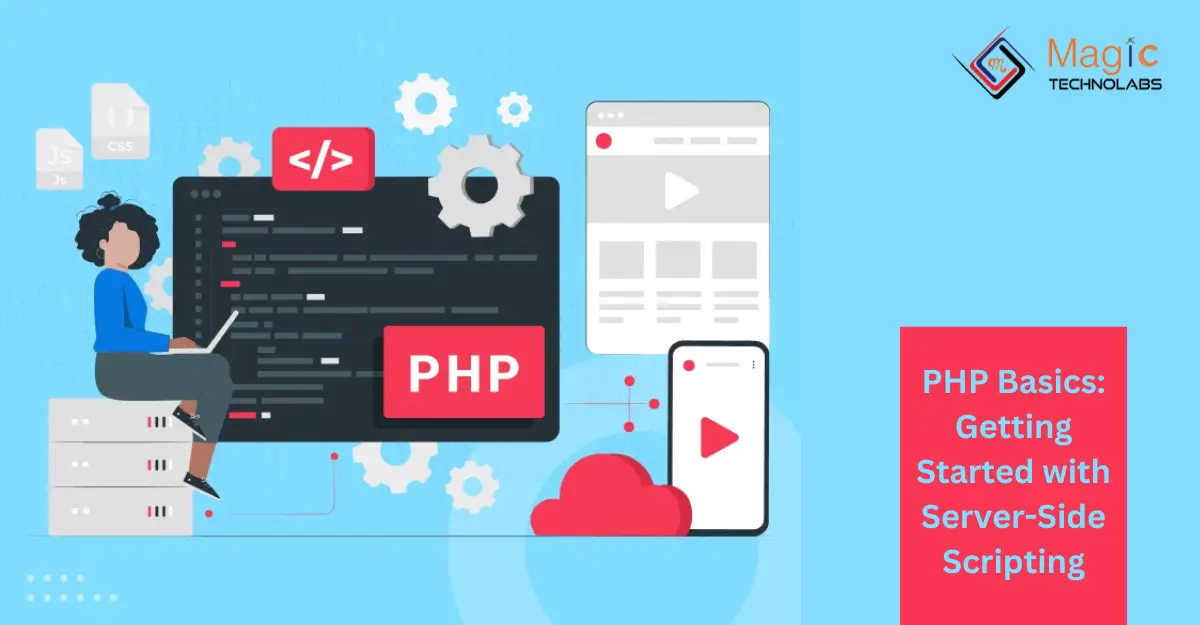PHP (Hypertext Preprocessor) is a powerful server-side scripting language widely used for web development. If you're new to PHP, getting started with the basics is essential for understanding its fundamentals and unleashing its full potential in building dynamic web applications.
At its core, PHP enables developers to create dynamic web pages by embedding PHP code within HTML. This allows for the generation of dynamic content, such as retrieving data from a database, processing form submissions, and generating dynamic HTML output based on user input.
One of the key advantages of PHP is its ease of use and simplicity. With a syntax similar to other programming languages like C and Perl, PHP is relatively easy to learn for beginners. Its flexibility and versatility make it a popular choice for both small-scale websites and large-scale enterprise applications.
To get started with PHP, you'll need access to a web server that supports PHP, such as Apache or Nginx, and a development environment like XAMPP or MAMP for local development. Once set up, you can create a new PHP file with a .php extension and start writing PHP code within the <?php and ?> tags.
Some of the basic concepts to grasp when learning PHP include variables, data types, operators, control structures (such as if statements and loops), functions, and arrays. Understanding these fundamentals will lay the groundwork for more advanced PHP programming and application development.
Moreover, PHP has a vast ecosystem of frameworks and libraries that streamline development and provide additional functionality. Popular PHP frameworks like Laravel, Symfony, and CodeIgniter offer features such as MVC architecture, routing, authentication, and database abstraction, making it easier to build robust and scalable web applications.
In conclusion, PHP is a versatile and powerful server-side scripting language that forms the backbone of many dynamic websites and web applications. By mastering the basics of PHP, you'll be equipped with the knowledge and skills to create dynamic and interactive web experiences that meet the needs of modern users. So, roll up your sleeves, dive into PHP basics, and embark on an exciting journey into the world of server-side scripting!
















